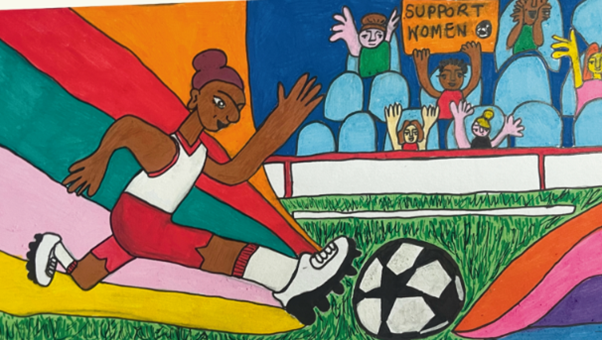However, women’s football has come under considerable criticism for its perceived ‘poor quality’ and general standards not being up to those of men’s games, with FC Dallas boys U15s beating a US Women’s national team XI (USWNT) 4-0.. Even within leagues, critics argue that the standard is too varied, with some more skilled teams scoring double digits every game against weaker opposition. An issue that has affected women’s leagues lower down from the WSL has been the difference in quality within that specific league. For example, my local team Swindon beat a team based in nearby Totton 6-2 early on in the season, and the Lionesses beat the Latvian national team 20-0 in qualifiers. This highlights a possible lack of investment in women’s football by some countries’ governing bodies and also the financial restraints some clubs face not associated with a league club. There have even been calls to shorten the pitches or lower the cross bars in response some women goalkeepers’ height disadvantage compared to men. While the quality of women’s play is improving, and it will continue to do so as the FA improves funding for women, a key detail here is that the FA banned Women’s teams and leagues from 1921-1970 and so there was little to no way for them to develop during this time. Ultimately women have had 50 or so years to reach the same standard that men have had 100+ years to reach.
Support at Women’s games is certainly growing. For example, at the Conti Cup/WSL Cup clash of Southampton v Arsenal on Thursday night, over 1000 Arsenal fans travelled with the team to support them, making the 160 mile round trip for a midweek game. This shows how much the team have built up a committed fanbase in the past few years. What also benefits the development of support and crowds is the relatively cheap ticket prices, as it costs only £5 to watch the Cup game that featured full England Internationals, compared to £20+ to watch a men’s team in the professional leagues. Ultimately the only way the Women’s game will improve is if people continue to support it, so it needs all the support it can get.




